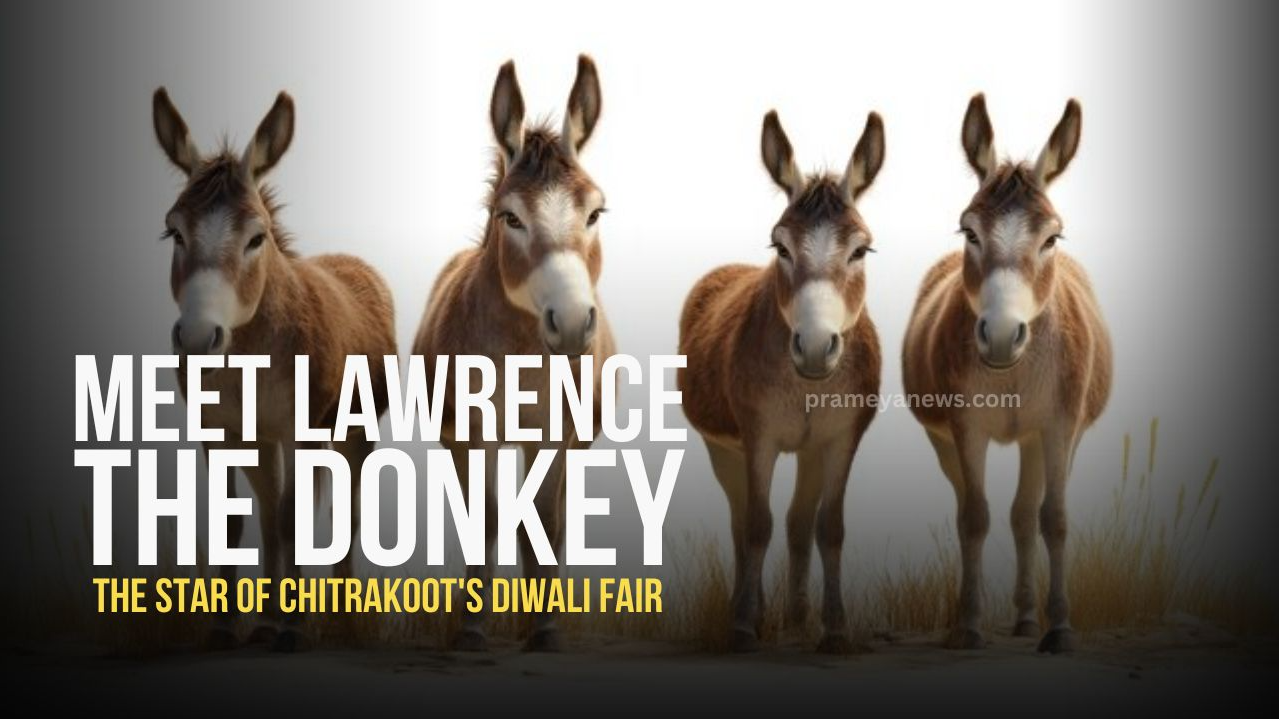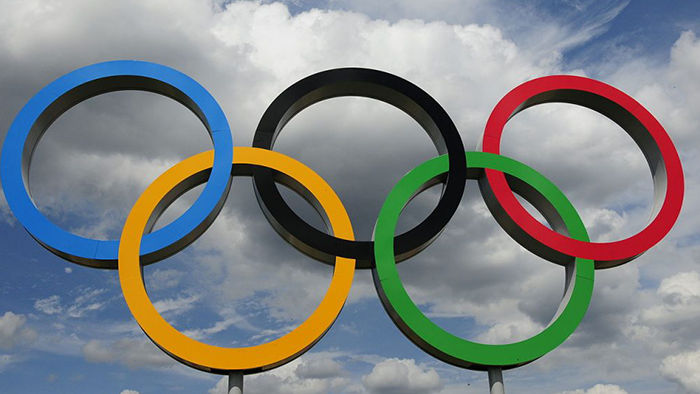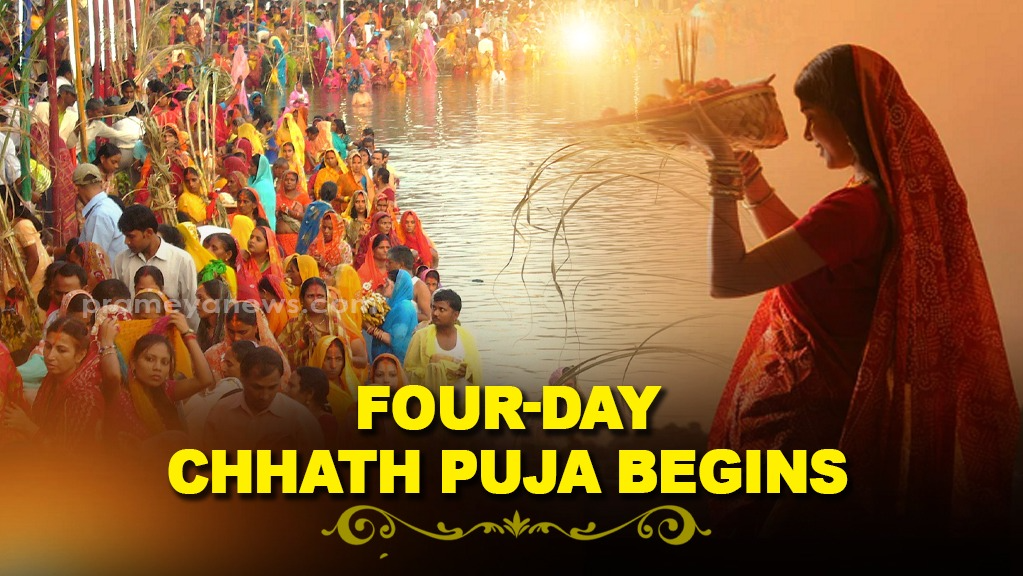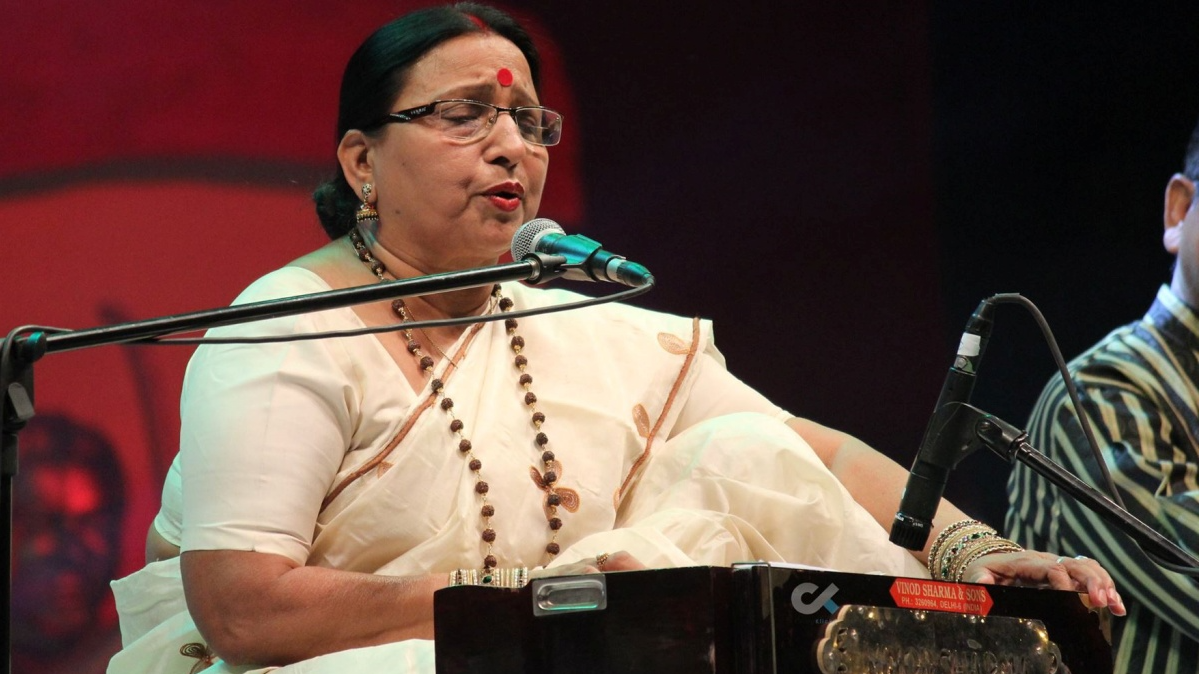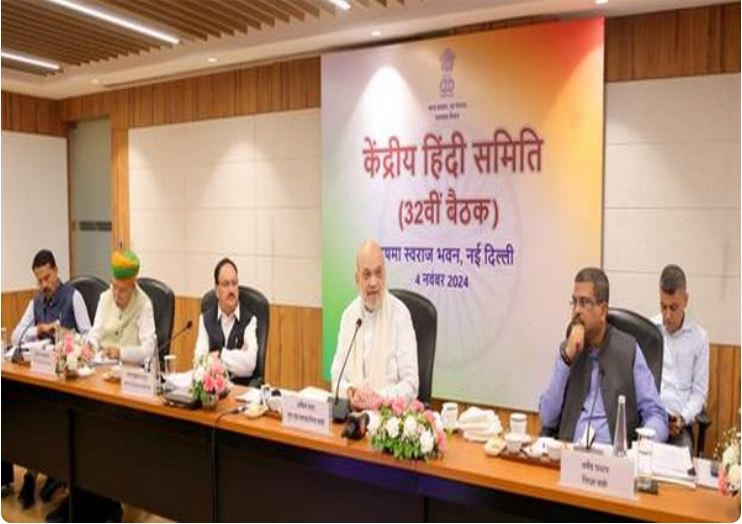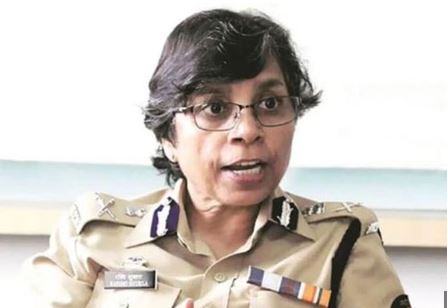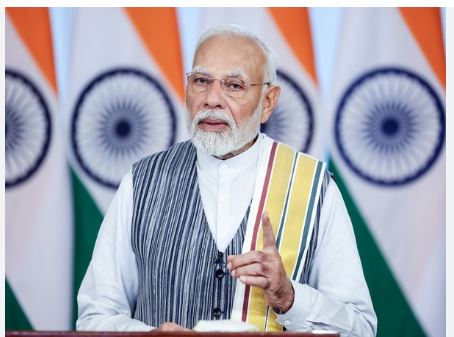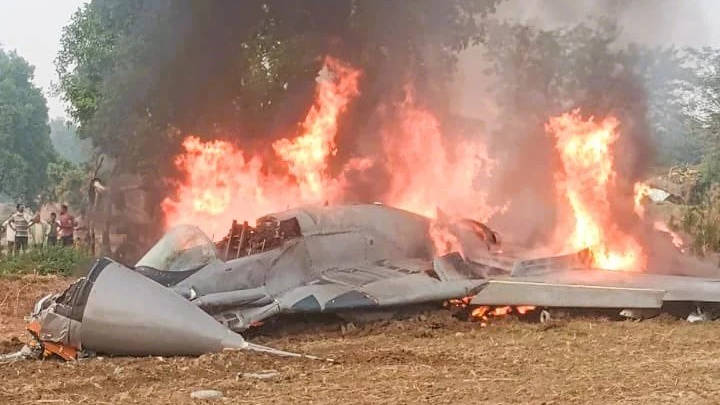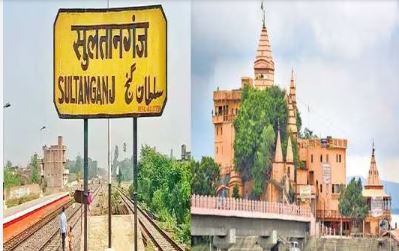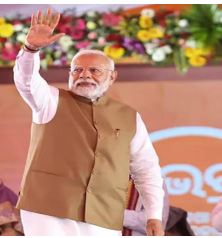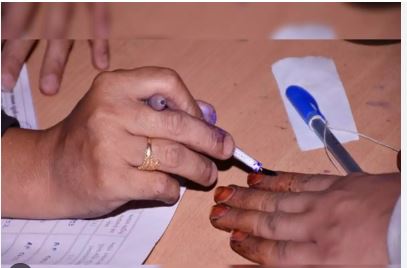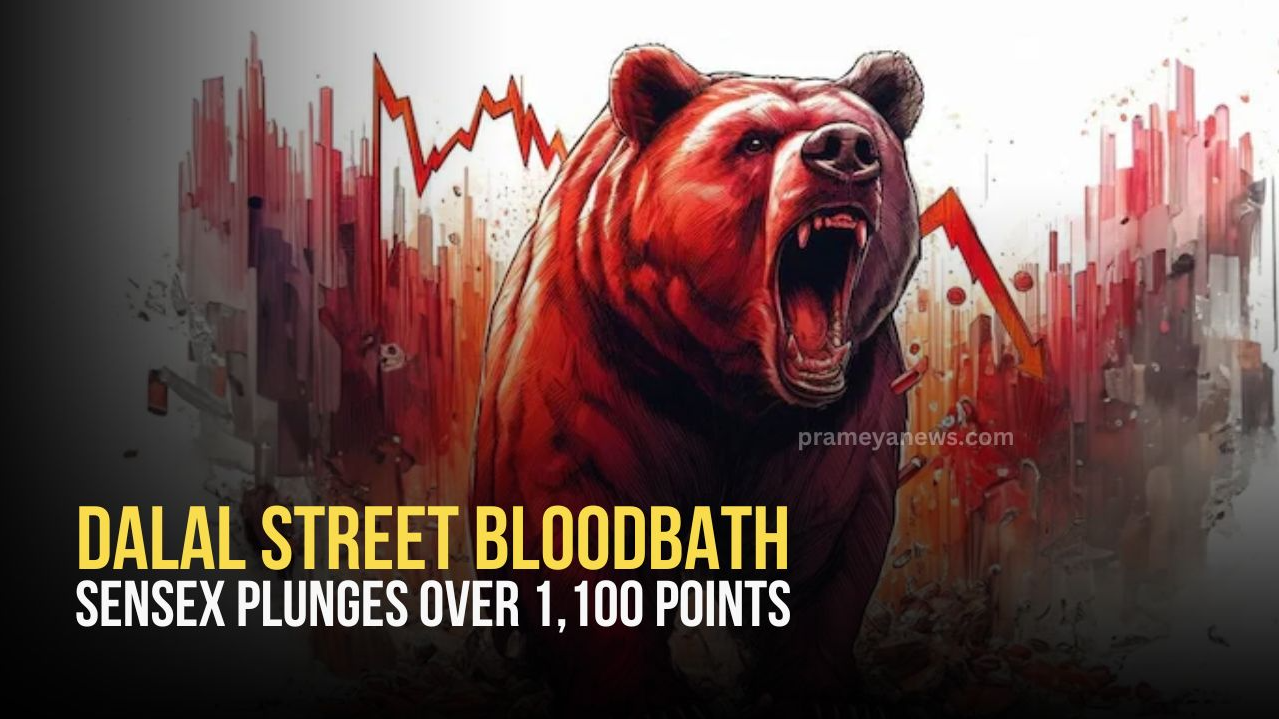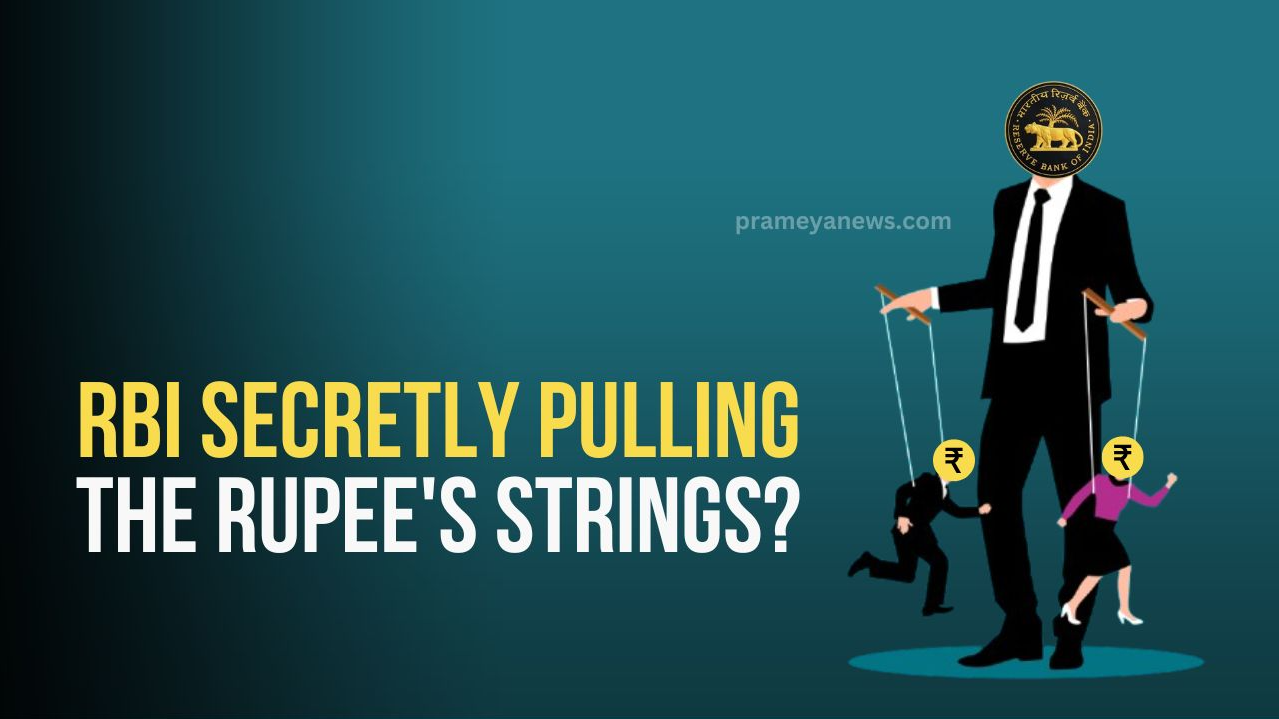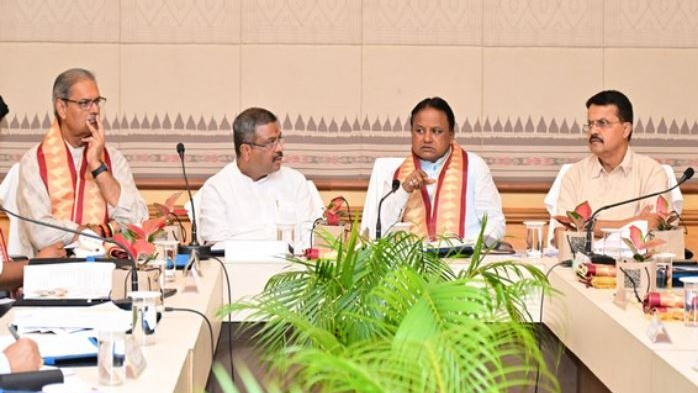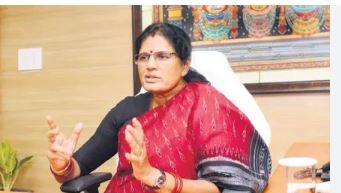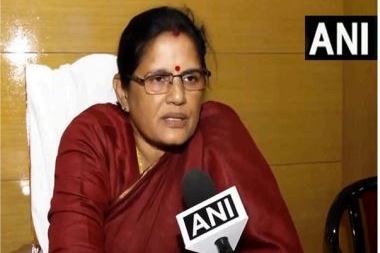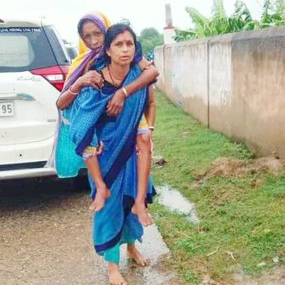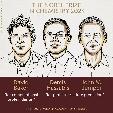Move over, Bollywood stars! This year, it was a donkey named "Lawrence" who stole the spotlight at the historic Chitrakoot Donkey Fair in Uttar Pradesh. This unusual event, held annually after Diwali, saw a donkey named after the notorious gangster Lawrence Bishnoi fetch a record-breaking price, reflecting the enduring fascination with crime and notoriety in popular culture.
Fair with a rich history:
The Chitrakoot Donkey Fair is a unique cultural event with roots tracing back to the Mughal era. Held on the banks of the sacred Mandakini River, the fair originated during Aurangzeb's reign when donkeys were vital for transporting goods in the region. This tradition has continued for centuries, attracting traders and spectators from across India who come to witness this peculiar spectacle.
Bollywood takes a backseat:
While donkeys are typically named after famous Bollywood stars at the auction, this year saw a shift in trends. The infamous Lawrence Bishnoi, currently making headlines for his alleged criminal activities, became the namesake for the most sought-after donkey. "Lawrence" the donkey was sold for a staggering Rs 1.25 lakh, surpassing even donkeys named after superstars Salman Khan (Rs 85,000) and Shah Rukh Khan (Rs 75,000).
Cultural gem facing challenges:
The three-day fair, showcasing around 500 donkeys and mules, has become a significant cultural attraction. However, organizers are concerned about the fair's future, noting a decline in participation and a shift in naming trends that reflect current events rather than traditional practices.
Reflection of society:
The popularity of "Lawrence" the donkey highlights the complex relationship between crime, media, and public perception. It raises questions about the glorification of notoriety and the impact of media coverage on cultural events.
Preserving Tradition:
As the Chitrakoot Donkey Fair continues to evolve, it faces the challenge of preserving its unique traditions while adapting to changing social dynamics. The event serves as a reminder of the importance of cultural heritage and the need to safeguard it for future generations.



